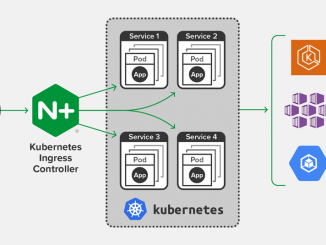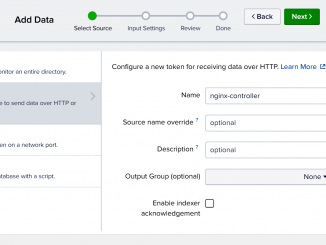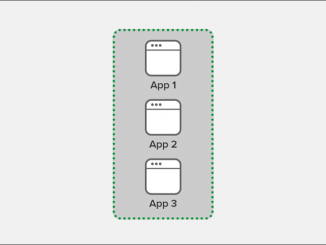
Announcing NGINX Ingress Controller for Kubernetes Release 1.8.0
Announcing NGINX Ingress Controller for Kubernetes Release 1.8.0 We are happy to announce release 1.8.0 of the NGINX Ingress Controller for Kubernetes. This release builds upon the development of our supported solution for Ingress load balancing on Kubernetes platforms, including Red Hat OpenShift, Amazon Elastic Container Service for Kubernetes (EKS), the Azure Kubernetes Service (AKS), Google Kubernetes Engine (GKE), IBM Cloud Private, Diamanti, and others. With release 1.8.0, we continue our commitment to providing a flexible, powerful and easy-to-use Ingress Controller, which you can configure with both Kubernetes Ingress Resources and NGINX Ingress Resources: Kubernetes Ingress resources provide maximum compatibility across Ingress Controller implementations, and can be extended using annotations and custom templates to generate sophisticated configuration. NGINX Ingress resources provide an NGINX‑specific configuration schema, which is richer and safer than customizing the generic Kubernetes Ingress resources. Release 1.8.0 brings the following major [ more… ]



